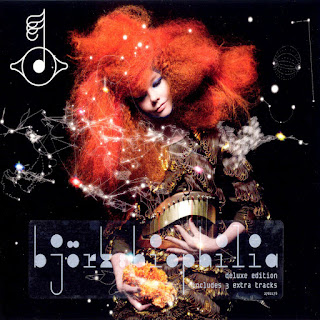It seem the true test of whether you actually need a piece of gear in your studio comes when it breaks down.
In 2003 I was in the market for some new gear; an analogue modelling synth to be precise. The object of my GAS was a
Korg MS2000B. I seem to remember it was about £500, but something tells me it must have been more.
Anyway, during the journey to “Sound Control” I suddenly decided to take a different route and stop off at the second hand store. This was purely on a whim. Ever since I was young this shop has been an Aladdin’s cave of instruments and gear (albeit overpriced). What made me take a detour and go to the shop I have no idea to this day. But I’m glad I did.
 |
| My SuperNova II - dead |
With the £500 cash in my pocket for the Korg I wandered into the smelly and cramped second hand shop to be greeted by a vision in blue. I’d never seen a Novation Supernova II keyboard before. The rack was almost obligatory in the early 90’s, especially if you recorded dance music, but the keyboards are much more scarce. The price of this rare and beautiful beast? You guessed it: £500.
The stats were heavily in favour of the Novation. The Korg had a small 44 key keyboard, a mere 4 voices and was monotimbral. The Novation had 61 keys, 24 voices and was 8 part multi-timbral. No contest.
Recently however, the Supernova has been ill. One of the master outputs decided to die and some of the LED’s no longer worked. Reluctantly, I took the Novation out of the studio and tried to carry on without it. This is the real test of whether you still actually NEED a piece of gear. Space is a real issue for me currently and every instrument has to justify the space it occupies.
 |
| The Supernova revitalised |
I soon found I needed analogue type sounds and turned to the synths I had left. I have “classic” or “retro” soundboards in three of my ROMplers and whilst they provide some useful sounds, they just aren’t editable enough to be used as analogue modelling synths. The idea of getting my JP8080 or MS2000BR (yes I got one some years later) out of storage did not appeal as they are monotimbral and sonically just don’t cut the mustard. The Waldorf XTk is editable but just too noisy and mad for the subtle pads and glistening sounds of the Novation. VST is all well and good but somehow it just doesn’t appeal to me. Thus the Supernova went to the synth doctor at
Sound Service, it was obviously needed.
At first, the diagnosis was of a terminal fault. Searching eBay led me to despair of owning a Supernova keyboard ever again, racks are 10 a penny but keyboards are not quite so abundant. With this in mind, the synth doctor went back and pulled the guts from the synth again.
It seems Novation do not make their circuit diagrams available to the public and diagnosing a fault on a board as complex as that in the Novation without one is very tricky. After many man hours, new chips and a lot of head scratching the synth began to live again. Now its back I am a little lighter in the wallet but relieved my bargain may provide loyal service for another 10 years.
So, if you are ever short of space or wondering if you need to replace a synth, remove it from your set up and try working without it for a few weeks. You’ll get your answer soon enough.
 I keep a back up drive of my MP3’s as I’m worried that should my hard
drive die, I will loose all of my music. Yet, I know I always have the back up
of the CD’s. But each of the boxes in my spare room contains around 50 CD’s.
There are 27 boxes - so that’s about 1350 CD’s (I have sold/thrown away/given
away about as many in recent years too). That’s a lot of weight and storage
space for a ‘back up for a back up’. It’s ridiculous.
I keep a back up drive of my MP3’s as I’m worried that should my hard
drive die, I will loose all of my music. Yet, I know I always have the back up
of the CD’s. But each of the boxes in my spare room contains around 50 CD’s.
There are 27 boxes - so that’s about 1350 CD’s (I have sold/thrown away/given
away about as many in recent years too). That’s a lot of weight and storage
space for a ‘back up for a back up’. It’s ridiculous.










